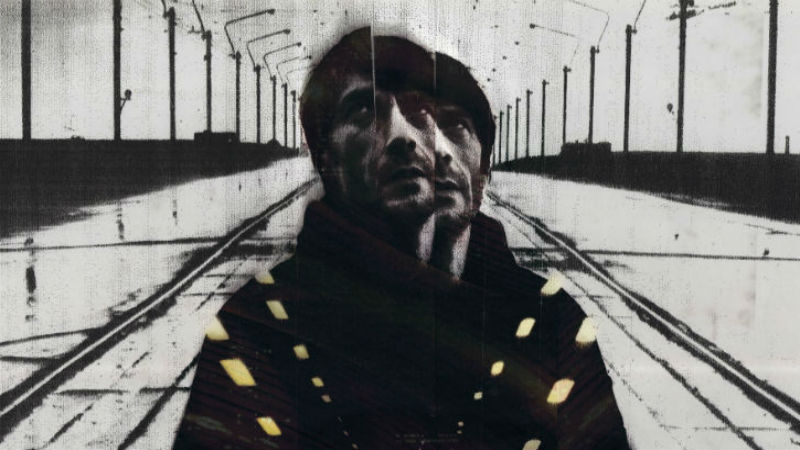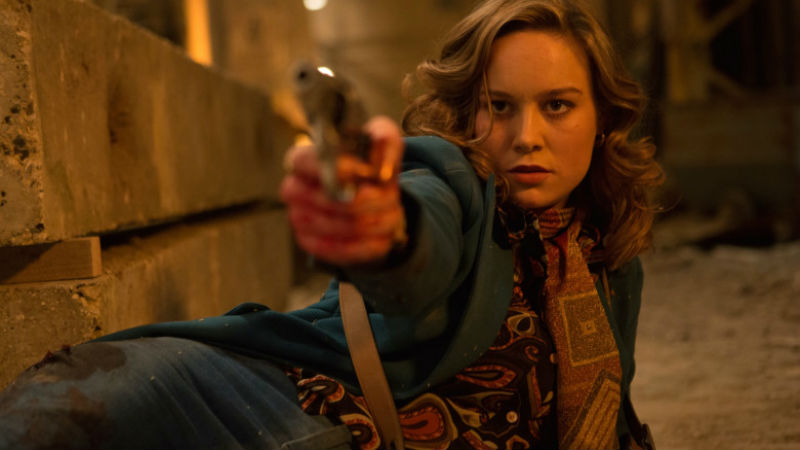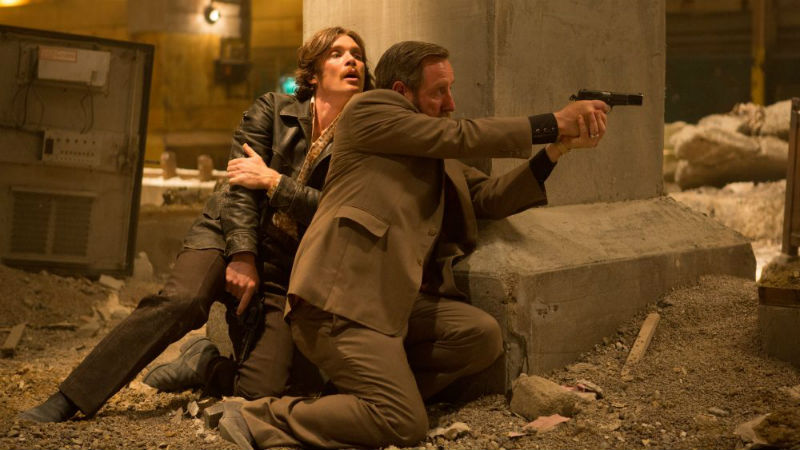The Covid movie is sadly becoming a fad, with Songbird (Adam Mason, 2020), Host (Rob Savage, 2020), Locked Down How It Ends (Daryl Wein and Zoe Lister-Jones, 2021) and Locked Down (Doug Liman, 2021) coming out in the USA in the last six months. The only two that are worth bothering with are Host (a horror movie all set on Zoom) and Ben Wheatley’s In the Earth, which just had its virtual world premiere at the 2021 Sundance Film Festival. The reason that In the Earth and Host work is because they are out-and-out horror films. Who really wants to see a Covid romcom? Songbird is a manufactured-by-committee take with a clearly exploitative nature (it’s produced by… Michael Bay) and becomes a snore-fest very quickly, after some amusing world-building in the first 30 minutes.
The seed of the idea for In the Earth emerged during the first lockdown back in March 2020, and by August Wheatley had shot the film over 10 days. The setting of the pandemic takes us some time into the future, but exactly when is not clearly specified: there is some virus that has been released in the world, is it that new British strand of Covid? Maybe.
When Martin Lowry (Joel Fry) arrives Gantalow Lodge, he must undergo disinfection procedures before he embarks on a journey into the heart of darkness, accompanied by the Park Ranger Alma (Ellora Torchia). The proceedings have an ominous tone from the get-go. Colleague Dr. Olivia Wendle is somewhere in the woods area, and you see where this is going. It’s essentially Wheatley revisiting his trademark mishmash of lysergic-drenched folk-horror, but with a plot that riffs on Annihilation (Alex Garland, 2018) and Stalker (Andrei Tarkosvky, 1979).
Wheatley very quickly outmanoeuvres the audience at every step along the way. The “somewhere around Barstow when the drugs begin to talk hold…” moment hits at about the 40-minute mark. The film is relentless from that moment onwards, all the way into the end credits, which are just as visually arresting as the film itself. The narrative is all over the place, but that’s in line with Wheatley’s smaller psychedelic films: this is very much Kill List (2011) meets A Field In England (2013). Due to the low cost, Wheatley can indulge in all the kaleidoscopic morphing effects that tickle his fancy, along with some extremely intense strobe lighting. If you are epileptic and your seizures are triggered by flashing lights, this is probably one to skip.
In the Earth may be Wheatley retreading some of his trademarks, but after making some bigger and better films (2015’s High Rise in particular) he seems to able draw from the same well while still fine-tuning the style of horror that he made his name on. The film is also helped enormously by the pounding and disorienting score by Clint Mansell, who Wheatley has used on everything besides Free Fire (2017). Wheatley was very smart to seek him out when he had “graduated” to the point that could afford him, and it’s blossoming into Mansell’s most fruitful collaboration with a director since Darren Aronofsky. It’s a testament to Wheatley, who may often be working on slim budgets but at the same time is the most imaginative British filmmaker in decades, something we need more of in British cinema. Wheatley made the great Covid movie, never mind the great Covid horror movie… sadly there will be more from hacks, but at least one was great.
In the Earth has just premiered at Sundance.












